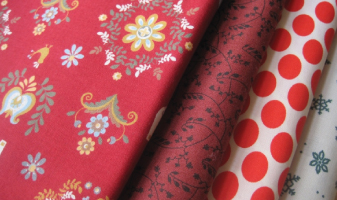
The textile and textile product (TPT) industry plays a crucial role in Indonesia’s national economy through its strong contribution to export earnings and massive employment absorption. As one of the strategic sectors in national economic development, TPT continues to demonstrate its importance in strengthening Indonesia’s industrial base.
With around 3,000 medium to large-scale companies, this sector employs approximately 1.5 million direct workers. Over the past five years, the average export value has reached USD 12 billion, accounting for about 12% of total national manufacturing exports. This performance contributes an average of USD 5 billion in net foreign exchange each year, strengthening the country’s trade balance.
Growing Domestic Demand and Import Substitution
Beyond exports, the TPT industry also supports domestic needs by reducing import dependency. With Indonesia’s large population and rapidly growing middle class, per capita consumption has increased significantly—rising by about 50% over the last five years. In 2012, total consumption of apparel and textile goods reached 1.56 million tons, valued at USD 12.5 billion, of which local products supplied 85%.
Still a Global Follower, Not Yet a Trend Setter
Globally, Indonesia is recognized as one of the leading textile production bases alongside China and India. However, the nation’s TPT industry has yet to create a breakthrough innovation or signature product. Most manufacturers still rely on producing buyer-specified items (based on samples), meaning Indonesia remains a follower, not yet a trend setter in the global textile arena.
Being a follower places Indonesian TPT products in a commodity market, where price competition is fierce. Competitiveness is primarily determined by labor costs, energy prices, interest rates, transportation expenses, and other production overheads.
In contrast, industries operating as trend setters compete not on price, but through innovation, design leadership, and brand value—areas where Indonesia’s textile industry must evolve to achieve sustainable growth.
Source: StapleTex | Edition 2 | 0614